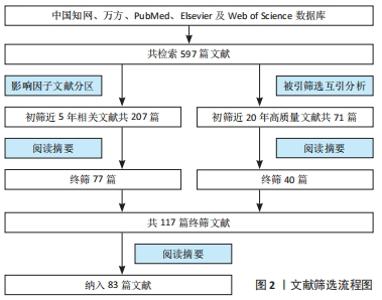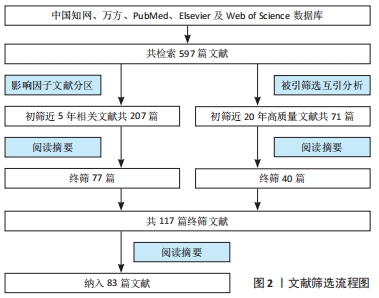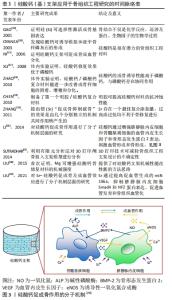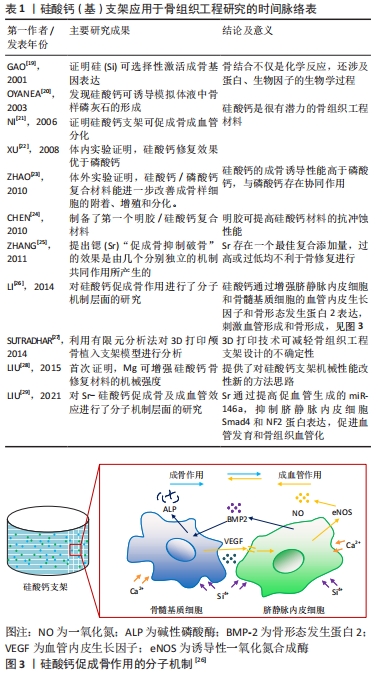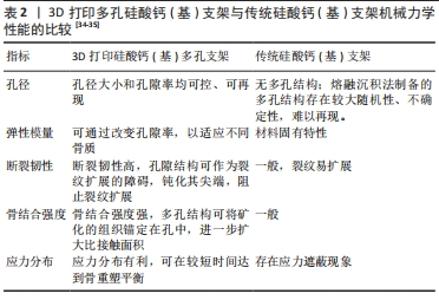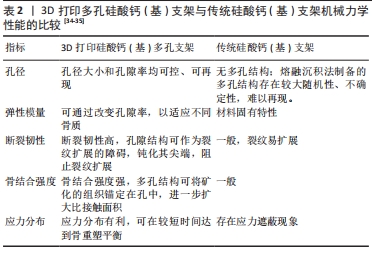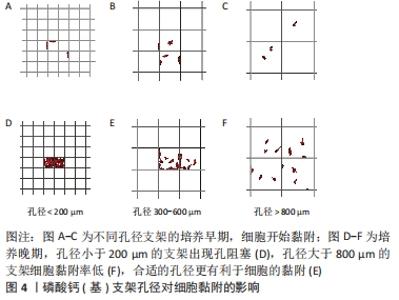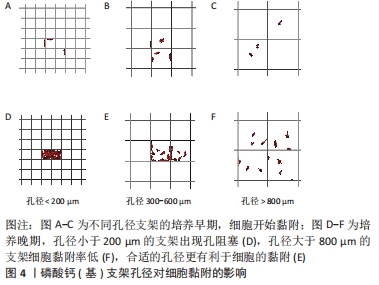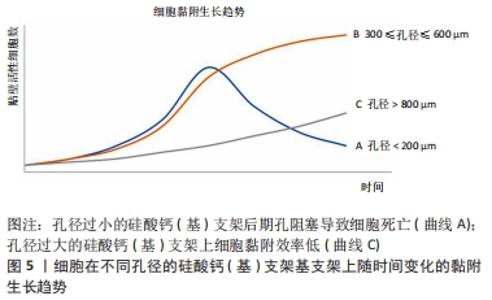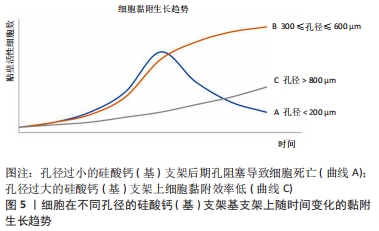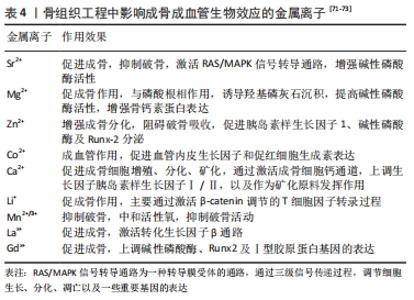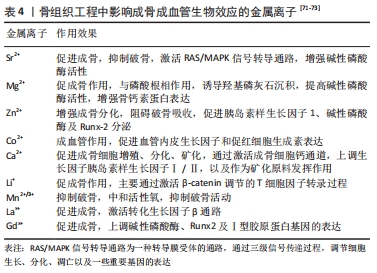Chinese Journal of Tissue Engineering Research ›› 2022, Vol. 26 ›› Issue (21): 3421-3428.doi: 10.12307/2022.654
Previous Articles Next Articles
Performance optimization of a new type of calcium silicate (based) scaffold matched with bone tissue regeneration in the bone defect area
Zhang Chunyu1, Hu Baoyang2, Feng Yao1, Zhang Wanfen1, Sun Leiye1, Yang Yan1, 3
- 1Xiangya School of Stomatology, Central South University, Changsha 410000, Hunan Province, China; 2Xiangya School of Medicine, Central South University, Changsha 410000, Hunan Province, China; 3Department of Prosthodontics, Xiangya Stomatological Hospital, Central South University, Changsha 410000, Hunan Province, China
